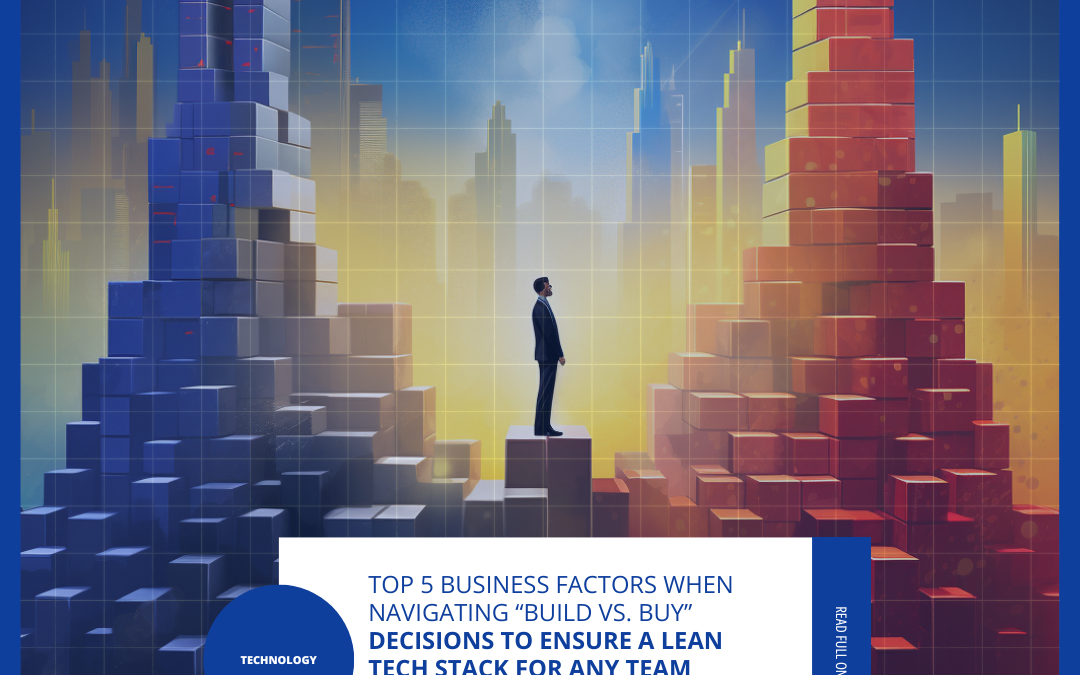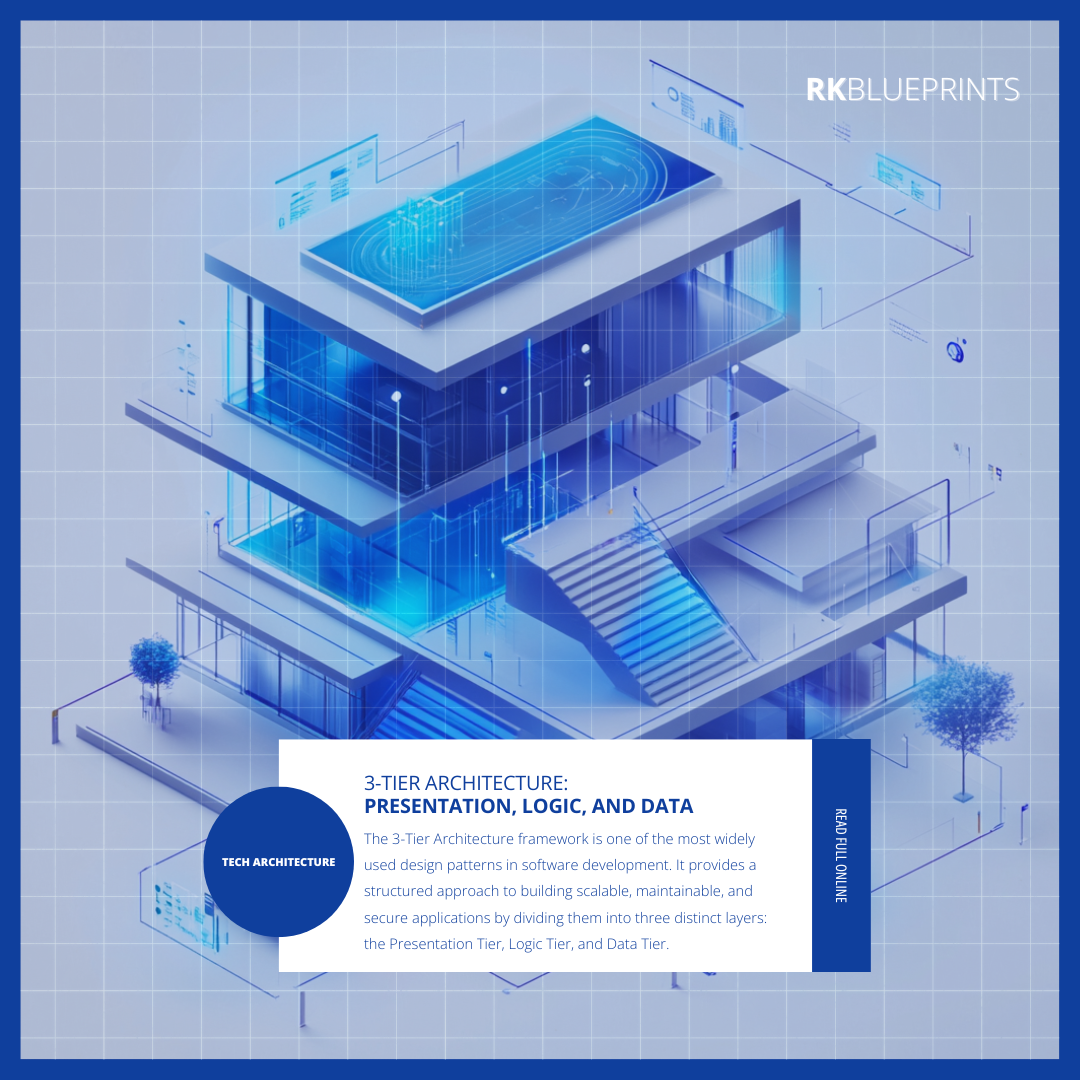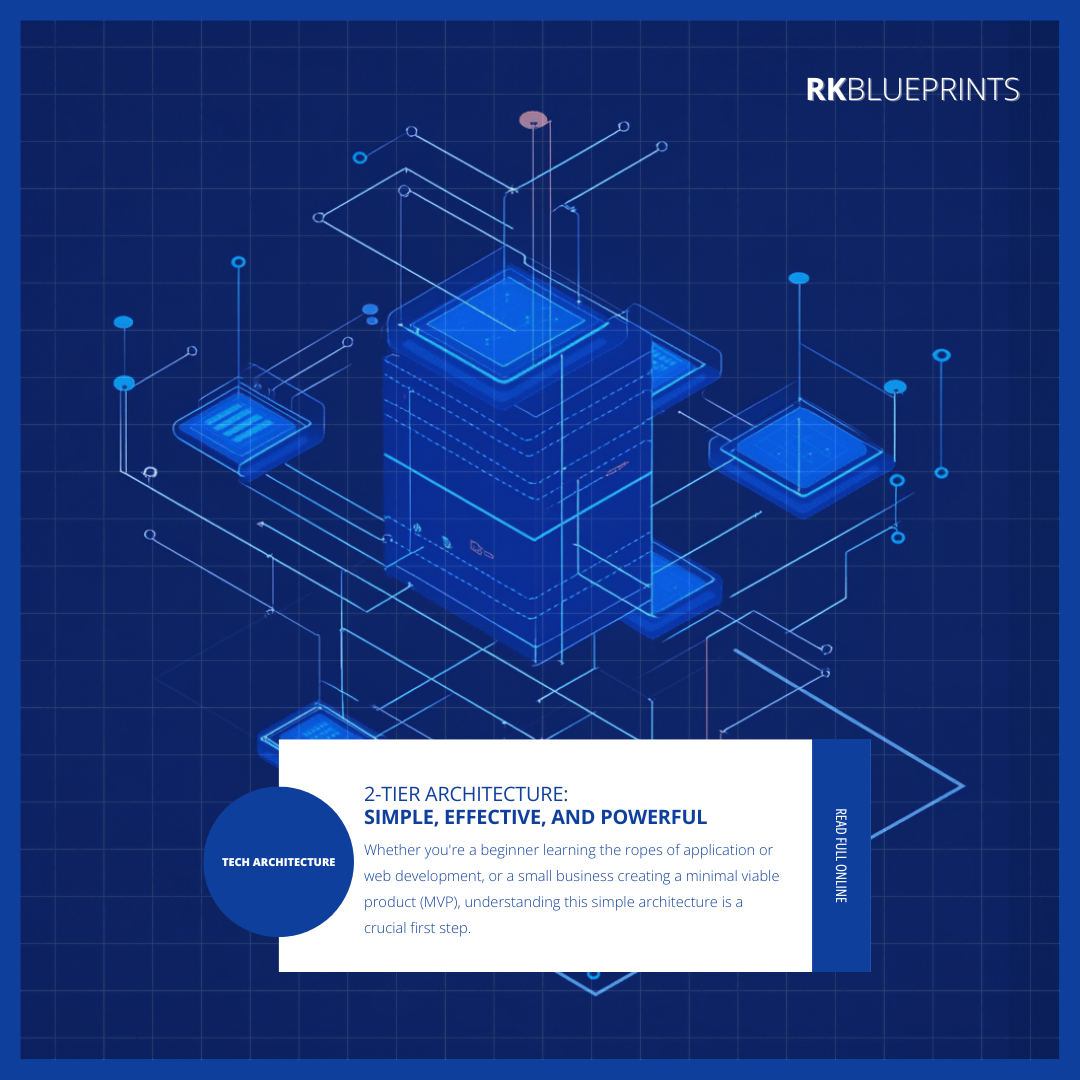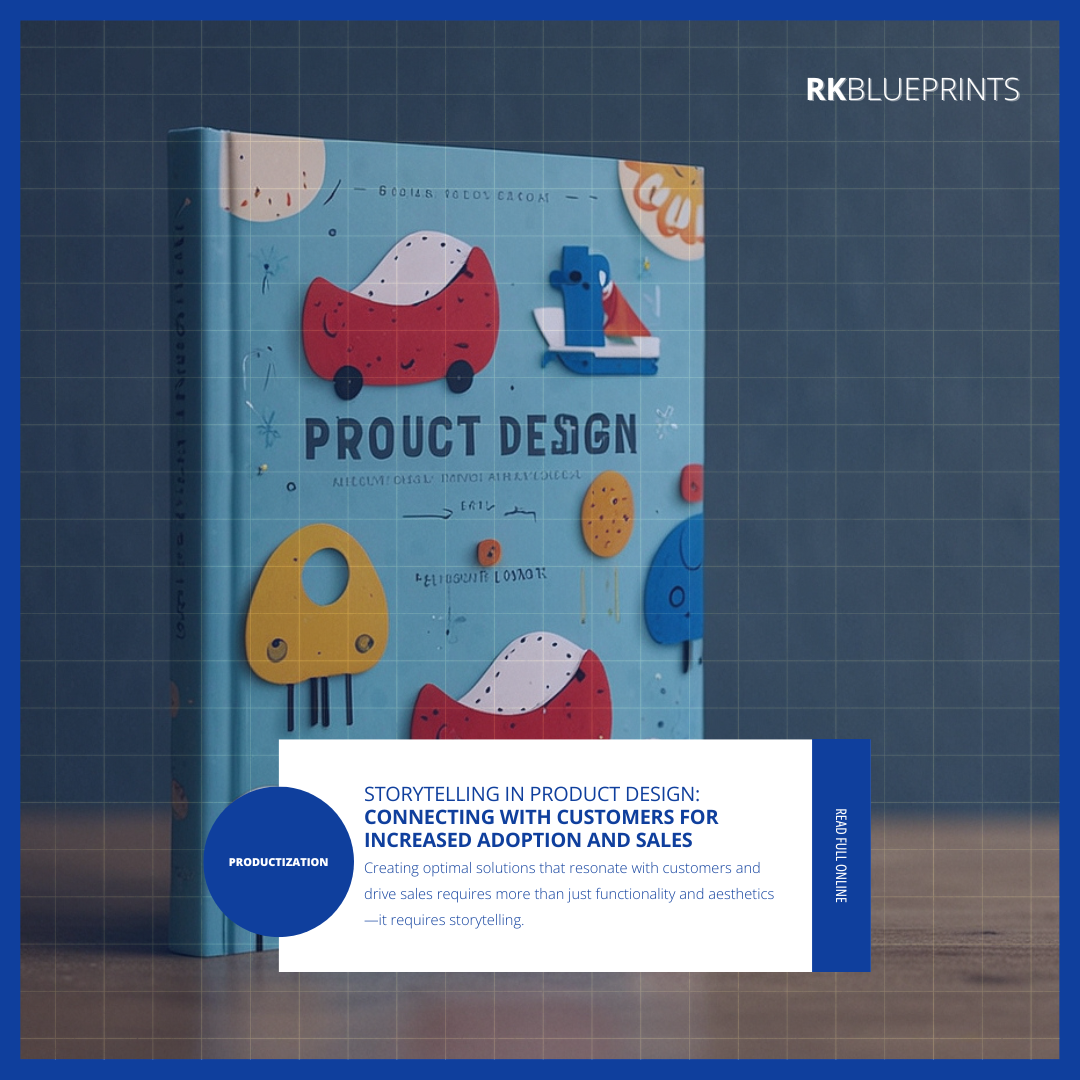In today’s fast-paced technological landscape, the choices we make regarding our tech stack can have a ripple effect on our org’s agility, efficiency, and competitiveness. At the heart of this decision-making process lies the age-old dilemma: Should you build the tools you need in-house, harnessing your team’s skills and vision, or opt to buy ready-made solutions, capitalizing on the expertise of external providers?
This “build vs. buy” conundrum has been a persistent question that technology leaders grapple with, and the stakes are higher than ever. As technology continues to advance, the array of tools and solutions available is more extensive and diverse than at any point in history.
To make the right decision, you must navigate a complex web of factors. These include your organization’s strengths and weaknesses, time constraints, budget considerations, integration needs, and, perhaps most crucially, your ultimate goal.
In this article, we embark on a journey through the top considerations when facing the “build vs. buy” dilemma. By exploring these factors in depth, you’ll gain valuable insights into how to make this critical choice that can significantly impact your team’s tech stack and, ultimately, your organization’s future success. Whether you’re building a startup from scratch, leading a growing company, or guiding a well-established enterprise, these considerations will serve as your compass in the ever-evolving world of technology. Below are the top five factors to weigh, along with real-world examples.
1. Core Competencies:
One of the foremost considerations in the build vs. buy decision is your organization’s core competencies. Assess what your team is exceptionally good at. If your company’s expertise lies in software development, building a custom solution may be a natural choice. This approach allows you to create a tool that aligns perfectly with your unique requirements and business processes.
Example: Google’s Search Engine
Google, with its deep core competency in algorithms and web technologies, famously chose to build its own search engine from the ground up. This decision enabled them to craft a highly sophisticated and efficient search algorithm that revolutionized the way people find information online. Google’s search engine has become synonymous with web search itself, showcasing the power of leveraging core competencies to build a game-changing solution.
2. Time to Market:
The speed at which you need a solution can be a decisive factor in the build vs. buy dilemma. Building custom solutions often takes time, as it involves designing, developing, and rigorously testing the software. If you’re racing against competitors or facing tight project deadlines, buying a pre-built solution may be the quicker route to meet immediate needs.
Example: Stripe’s Payment Gateway
Consider a startup that aims to launch a mobile app quickly to capitalize on a market opportunity. Developing an in-house payment processing system can be time-consuming and delay the app’s launch. In this scenario, integrating a ready-made payment gateway solution like Stripe allows the startup to expedite the development process and start processing payments without extensive development lead time.
3. Total Cost of Ownership (TCO):
When making the build vs. buy decision, it’s crucial to evaluate the Total Cost of Ownership (TCO) over the long term. While buying may have upfront costs, building in-house can lead to unexpected expenses such as ongoing maintenance, updates, and scalability challenges.
Example: Meta (formally known as Facebook)’s Data Centers
Facebook initially invested heavily in building its data centers to support its rapidly growing user base and data-intensive services. While the upfront costs were substantial, this strategic decision allowed them to control their infrastructure costs over time, achieving efficiency and scalability that aligns with their long-term goals.
4. Integration Capabilities:
Consider how well a solution integrates with your existing tech stack. Building custom solutions often offer seamless integration as they can be designed to fit precisely with your current systems. On the other hand, external tools may require additional development efforts to sync seamlessly with your tech infrastructure.
Example: Slack’s API and Integration Ecosystem
Slack, a popular messaging and collaboration platform, encourages third-party developers to create integrations and plugins through an open API. This approach has transformed Slack into a comprehensive ecosystem that seamlessly integrates with various tools and services. Users can extend Slack’s functionality to suit their unique needs, demonstrating the importance of flexibility and integration capabilities.
5. UX/UI (User Experience/User Interface):
Consider the end-user experience when making your decision. Building in-house allows you to craft a user interface and experience that aligns perfectly with your users’ needs and preferences. However, ready-made solutions have often refined their user interfaces through extensive testing and user feedback.
Example: Apple’s iOS Strategy
Apple is known for its commitment to delivering exceptional user experiences across its product ecosystem. To achieve this, they choose to build their operating systems and hardware. By tightly controlling both the hardware and software, Apple ensures a unified and highly user-friendly experience across its devices. This integrated approach has contributed significantly to Apple’s brand loyalty and user satisfaction.
In the end, the choice is highly dependent on your organization’s unique circumstances, objectives, and resources. The “build vs. buy” decision is not merely a technical choice; it’s a strategic one that can significantly influence the trajectory of your organization. As we’ve journeyed through the top considerations in this complex decision-making process, it becomes evident that there is no one-size-fits-all answer.
Each factor, from assessing core competencies to evaluating time-to-market, and from estimating the Total Cost of Ownership (TCO) to ensuring seamless integration, plays a vital role in shaping the ultimate choice. The decision isn’t static; it evolves with your organization’s growth, changes in the tech landscape, and shifts in your strategic priorities. What might be a “build” decision today could become a “buy” decision tomorrow as your circumstances transform.
It’s crucial to recognize that in many cases, the answer may not be binary. A blend of both approaches, often termed a “hybrid” strategy, can be a powerful way to harness the advantages of both building and buying. The “build vs. buy” decision is a reflection of your organization’s adaptability, innovation, and strategic acumen. It’s an art as much as it is a science. By carefully weighing these considerations and staying attuned to your organization’s ever-evolving needs, you can navigate this crucial decision with confidence.
Remember, it’s not just about the technology; it’s about leveraging technology to drive your organization’s success. Whether you choose to build, buy, or employ a mix of both, the ultimate goal is to remain agile, competitive, and primed for the future in the dynamic realm of technology.
For more information about enhancing different functions of a business with a competitive automation toolkit, check out my piece on supercharging business functions using a solid automation toolkit for any organization’s tech stack.







Recent Comments